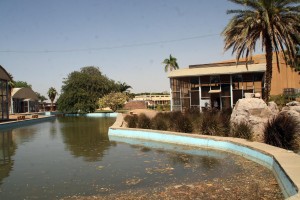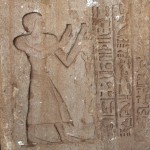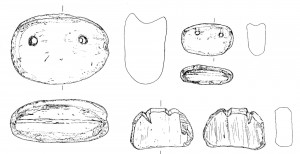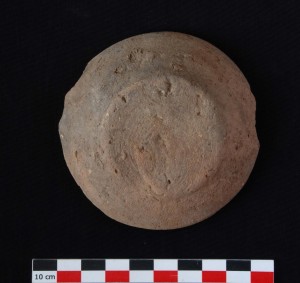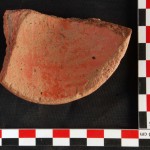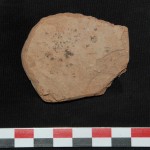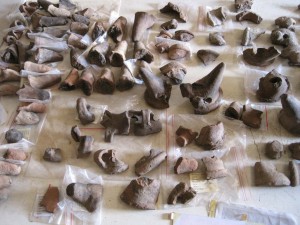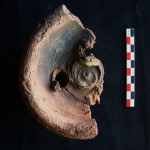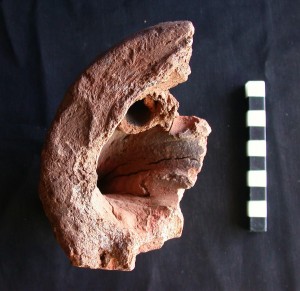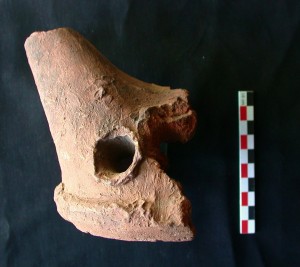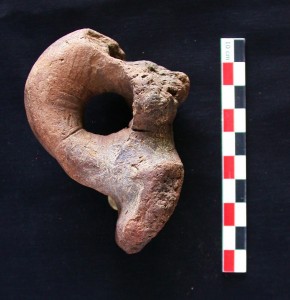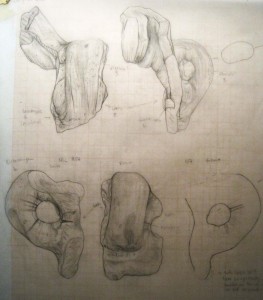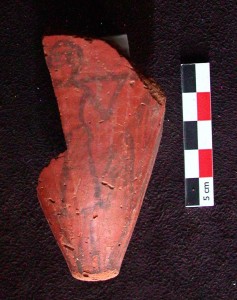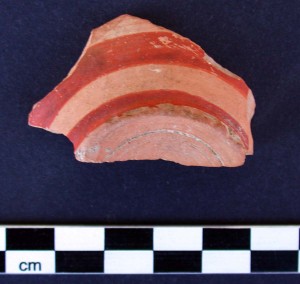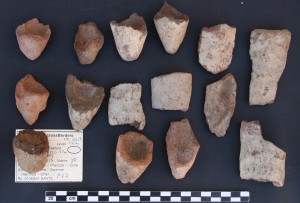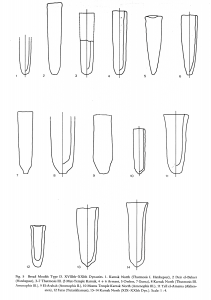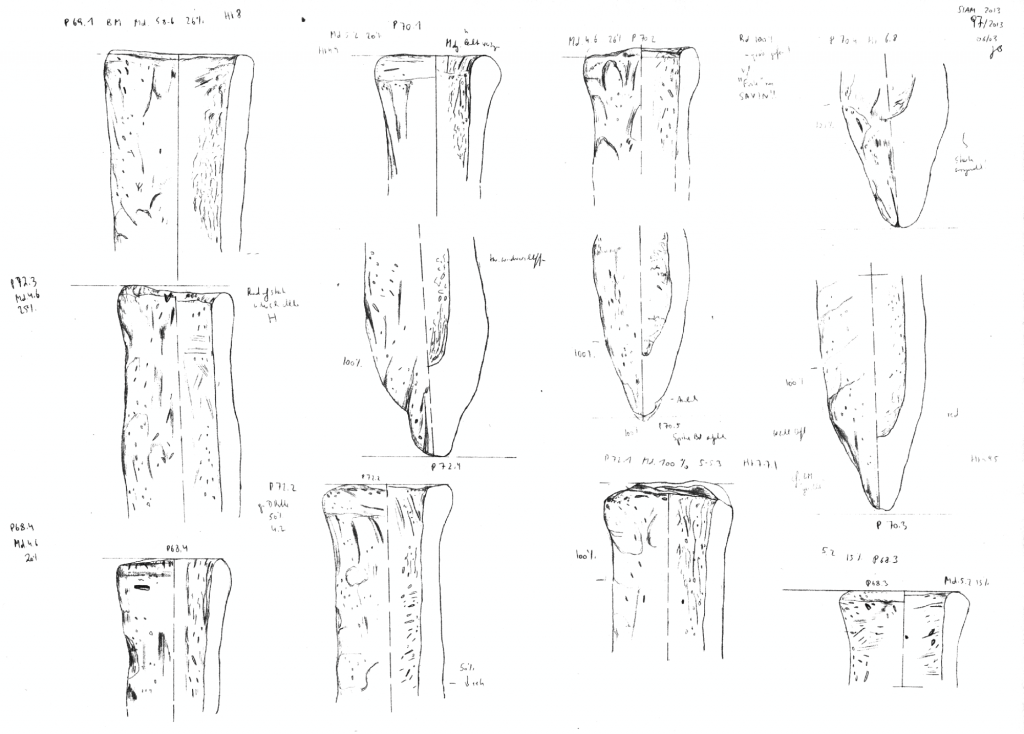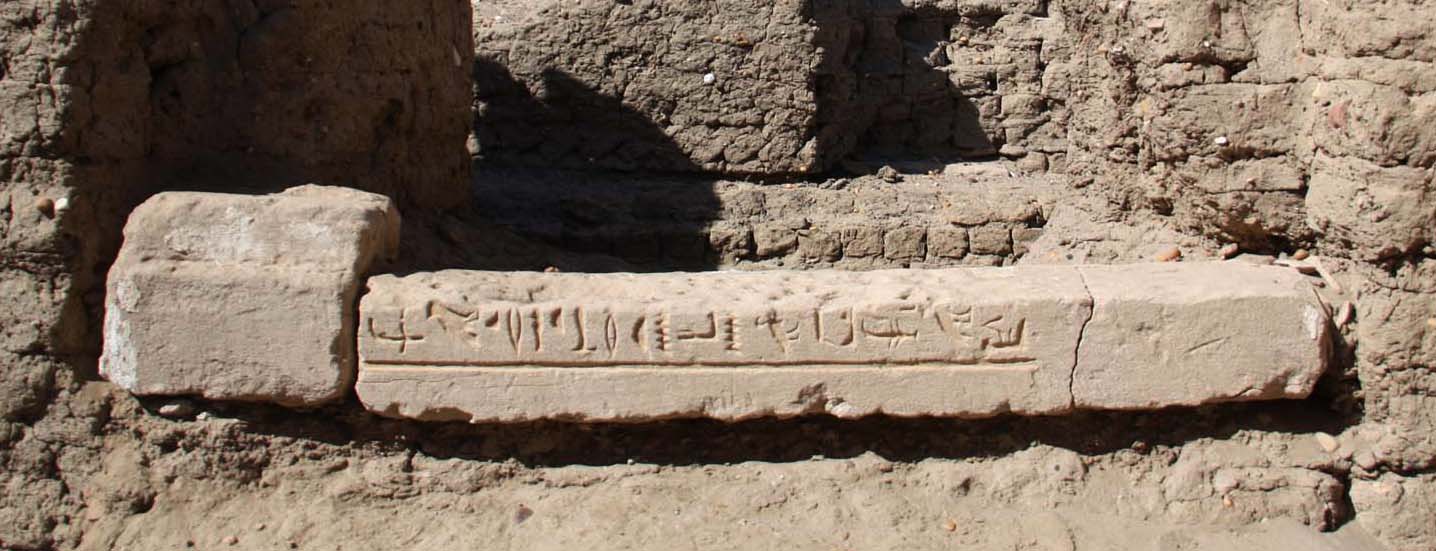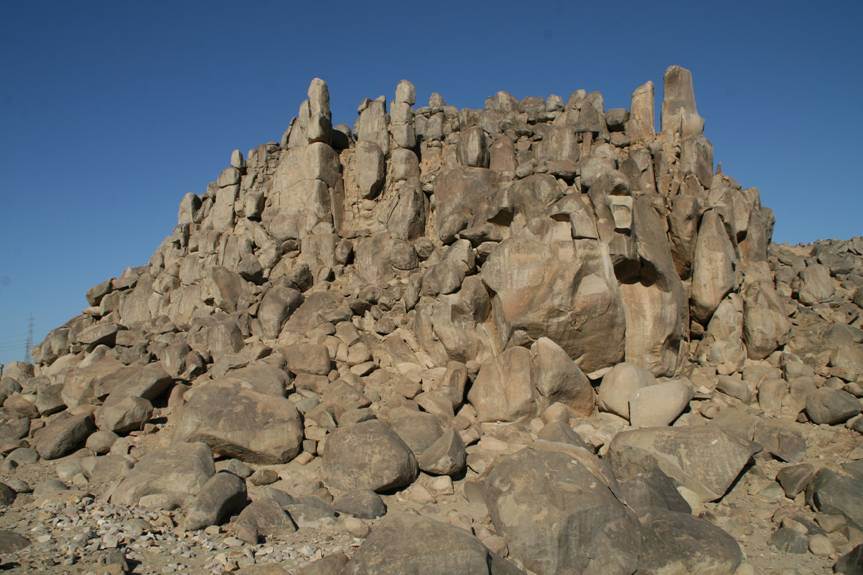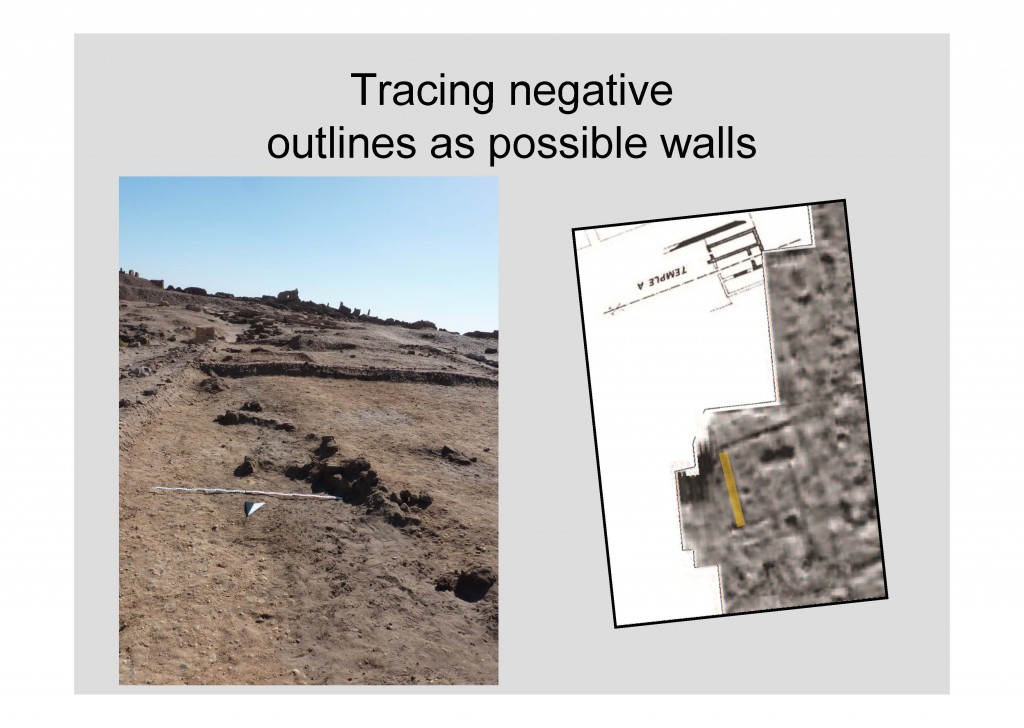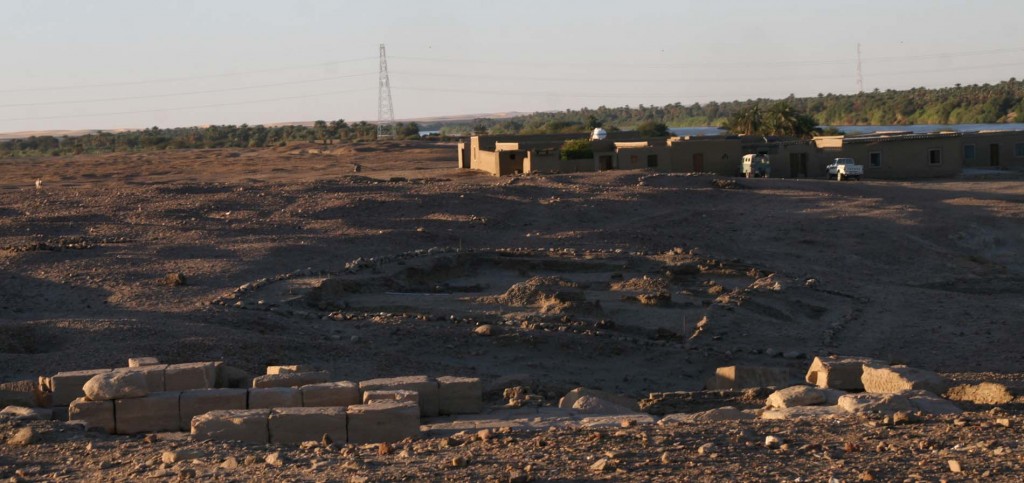The fortified town of Sai Island saw its heyday during the reign of Thutmose III – this was confirmed and well-illustrated by our recent excavation in SAV1 East and the discovery of Building A, possibly contemporaneous to both Temple A and the buildings with an orthogonal layout in the Southern part of the town, including the governor’s residence.
The major sanctuary on Sai, the Amun temple labelled Temple A and built by viceroy Nehi under Thutmose III, had several building phases, recently presented by Jean-François Carlotti (Carlotti 2011-2012). Carlotti has stressed similarities of Temple A at Sai with the temples of Semna and Kumma.
Interestingly, the major building phases of these temples, nowadays open for visitors in the garden of the National Museum of Antiquities in Khartoum, are also associated with Thutmose III. Like on Sai, the involvement of viceroy Nehi is attested who followed a royal decree to build the monuments.
One inscription and a representation of Nehi have survived in Semna (Caminos 1998, 38-40, panel 10). At Kumma, evidence for one of the predecessors of Nehi, viceroy Senny is preserved.
It is well known that the supervision of building activities was one of the major tasks of the viceroy of Kush as highest official of the Nubian administration (cf. Zibelius-Chen 2013, 140-146). What is still unclear and debated is whether (and if for how long) the viceroys stayed in Nubia – this will be investigated by AcrossBorders in the upcoming years with Sai Island as prime case study. From the late 18th Dynasty onwards, the office of a deputy of the viceroy is attested, soon being divided as jdnw n KAS and jdnw n WAwAt. Two deputies of the viceroy were thus responsible for Lower and Upper Nubia, maybe indicating that their superior himself was mainly residing in Egypt proper and could rely on loyal representatives in Nubia.
Many temples in Nubia have been found without any evidence of settlement remains in the surroundings – this is probably due to the state of preservation of mud brick buildings and does not indicate an isolation of religious buildings in the area. Only in the case of the so-called temple towns (Sai Island falls amongst others in this category), temples can be interpreted within their ancient context of administrative buildings and storage facilities. Possible residential quarters for viceroys of Kush are attested during the 18th Dynasty primarily at Aniba and possibly Faras. At Semna, inscriptions of viceroys with domestic origin, indicating a residence at the site, are only attested from the Ramesside period, thus post-dating the Thutmoside temple (see Budka 2001, 87). The abundant evidence for Nehi and other viceroys of the Thutmoside era (e.g. Usersatet, see Thill 2011-2012, 285) at Sai Island strongly suggests a temporary residence of these officials at the site – details of which remain to be assessed taking into account the complex archaeology of the New Kingdom town of Sai.
References
Budka 2001 = J. Budka, Der König an der Haustür. Die Rolle des ägyptischen Herrschers an dekorierten Türgewänden von Beamten im Neuen Reich, Beiträge zur Ägyptologie 19, Vienna 2001.
Caminos 1998 = R. Caminos, Semna-Kumma I. The Temple of Semna, Archaeological Survey of Egypt 37th Mem., EES, London 1998.
Carlotti 2011-2012 = J.-F. Carlotti, II. L’architecture du temple A et ses modifications, 36-47, in: M. Azim/J.-F. Carlotti, Le temple à de l’île de Saï et ses abords, Cahiers de Recherches de l’Institut de Papyrologie et d’Égyptologie de Lille 29, 2011-2012, 11–63.
Thill 2011-2012 = F- Thill, Statuaire privée égyptienne de Saï, Cahiers de Recherches de l’Institut de Papyrologie et d’Égyptologie de Lille 29, 2011-2012, 253-295.
Zibelius-Chen 2013 = K. Zibelius-Chen, Nubien wird ägyptische Kolonie, in: St. Wenig/K. Zibelius-Chen (eds.), Die Kulturen Nubiens – ein afrikanisches Vermächtnis, Dettelbach 2013, 135-155.

